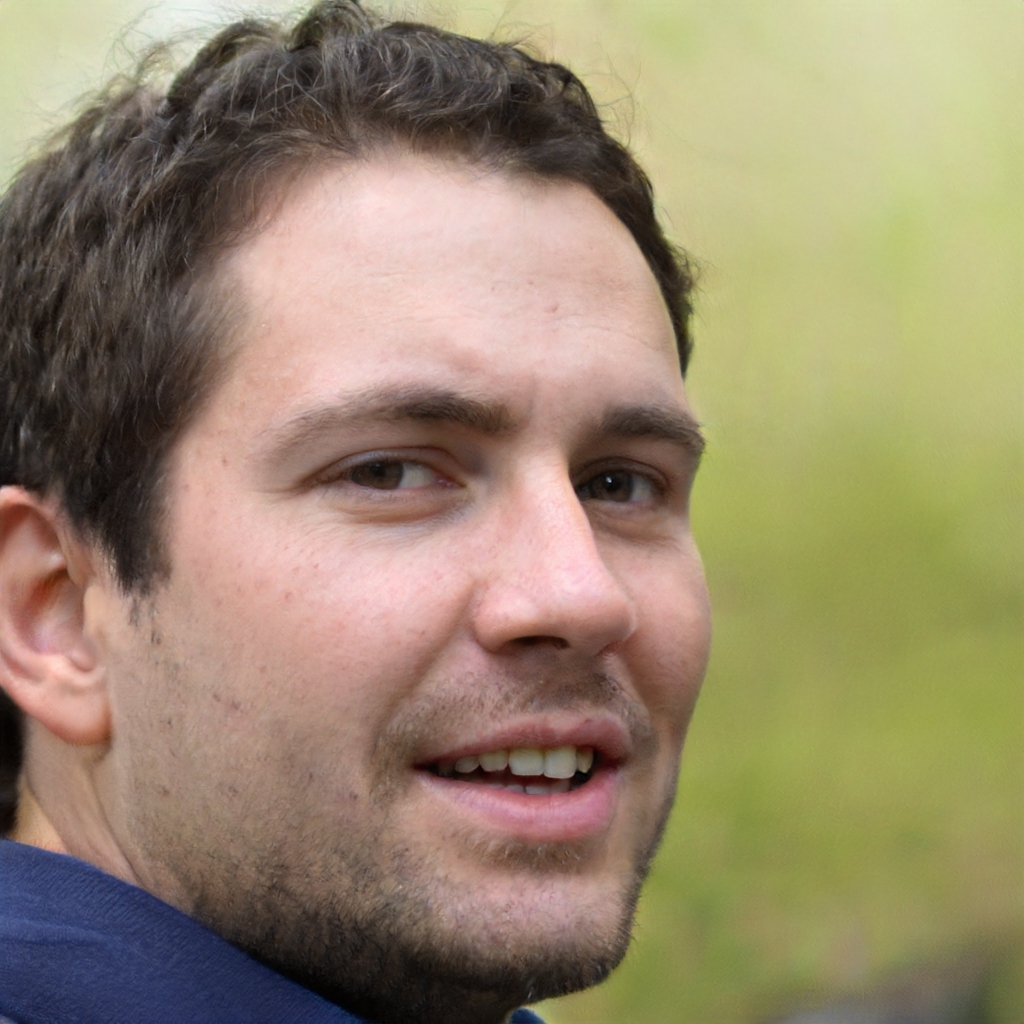What is it, what is it for and who owns the Space Station. AstroSamantha in charge of the ISS: humanity's last "home" on the edge of open space.
Samantha Cristoforetti joins the roll of commanders of the ISS, the International Space Station. The appointment means yet another record (after the one related to the number of days spent in space, 199 in a single flight) for AstroSamantha, the first Italian, as well as the first astronaut of ESA, the European Space Agency, to command the orbiting station. Before her in the role, the Italian Luca Parmitano.
Lately the ISS has been several times in the news. Sometimes it has been about curious facts or futuristic missions, like the first squids to leave the Earth orbit or the new space race between USA and Russia to shoot a movie in orbit (here the name of the famous actor involved).
But what is, in reality, the orbiting station? More importantly, who owns it? What is its purpose? Why is its role so crucial in space logistics?
Everything you need to know about the International Space Station
The ISS, which stands for International Space Station, is the largest space station ever built by man, located at an altitude varying between 330 and 410 km above sea level (low earth orbit).
The framework extends over one hundred meters. The restricted space of the orbiting structure has been continuously inhabited for more than 20 years, since November 2, 2000, by groups of minimum 2 and maximum 7 astronauts, some of which have reached more than once the outpost projected into space.
The owners of the ISS are five international space agencies. They are the American NASA, the European ESA, the Russian RKA, the Japanese JAXA and the Canadian CSA-ASC, some of them with their own orbiting station project conceived during the Cold War and then merged into a single shared realization.
What is the purpose and what will be the future of the ISS
The purpose of such an ambitious project has to do with scientific research. The crews on board, organized in missions called "expeditions", conduct tests at a fast pace (we talk about 160 hours of experiments on average for each guest) and in weightlessness. But astronauts are also responsible for maintaining, repairing and monitoring components.
Some of the advantages offered to scientists by this unique architecture have to do with the semi-permanent nature of the ISS, where the transience and mobility of vehicles such as Space Shuttles would make the same operations much more difficult. In addition, low-orbit positioning provides a safer spot to test components needed for missions to the moon or Mars.
What fans of the International Space Station probably wouldn't want to know is that the facility is temporary: it's scheduled to be decommissioned soon, in 2024.
The good news? The ISS has turned out to be an absolutely successful experiment and declined in key of a fruitful international collaboration. And so plans have been put in place to extend its life beyond its "expiration date". A winning team can't be changed.
Giuseppe Giordano
